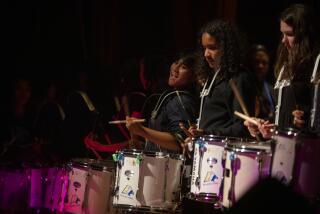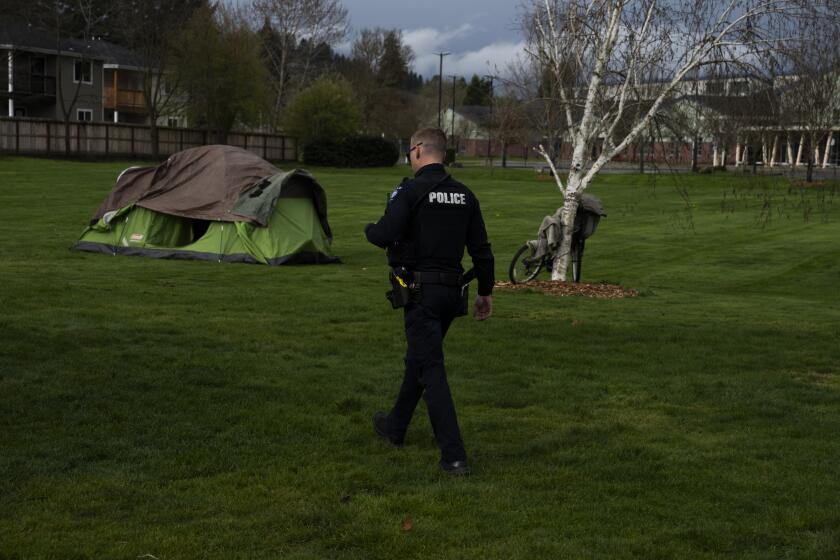Give schools leeway on using funds
For California’s schools, the question of the state budget shortfall comes down to this: Will they have an utterly unthinkable year, or just a horrible year? Even if the Legislature approves new taxes or other ways to raise revenue, the current projection is that $2.5 billion will be cut immediately from education.
The prospect of a sudden drop in funding has school officials so flummoxed that many are engaged in magical thinking, insisting that extra revenue must be found, somehow, somewhere. These days are short on fairy dust, though. The federal government, the most likely source of financial aid, is besieged with bailout requests.
If state and federal authorities cannot give California schools extra money, they might look at providing extra flexibility. To start, the U.S. Education Department should put an emergency moratorium on the sanctions prescribed by the No Child Left Behind Act. As it stands, schools that have fallen short of their testing targets must spend a chunk of their federal Title I funds on tutors and transporting students to other schools. There will be no improving test scores if schools can’t afford basics; the common-sense move is to free this money for classroom use, at least until this crisis passes.
At the state level, large sums of education funding are tied up in a knot of rules about how money can and cannot be used, even when those rules don’t always make sense for individual school districts.
School superintendents have been asking for years for leeway on the programthat limits class sizes to 20 students in kindergarten through third grade. The state hasn’t paid the full costs of this limit in years, and education scholars are still arguing its usefulness in boosting achievement. Popular as the smaller classes have proved with parents and teachers (at least the primary-grade teachers), they have become an expensive burden that doesn’t always make pedagogical sense. Third-graders go from a class of perhaps 18 students to a fourth-grade class that often has 33 or more, and those disparities are likely to grow if schools have to lay off teachers.
Schools don’t have to participate in the program -- as long as they’re willing to face a mob of snarling parents -- but then they get none of the associated funding. It makes better sense to continue funding the smaller classes, but allow schools to raise the limit to 24 or 25 students.
The Legislature also should free up the sizable sums tied to other so-called categorical programs -- money that can be used only on arts and music education, say, or gifted students. Each program has worth, and each has a dedicated lobby that will shout doomsday if the money isn’t preserved for its cause. But these discussions should take place at the local level, where school administrators, teachers and parents can determine the priorities that work best for their children in this bad year.
More to Read
A cure for the common opinion
Get thought-provoking perspectives with our weekly newsletter.
You may occasionally receive promotional content from the Los Angeles Times.






